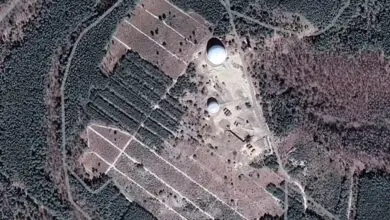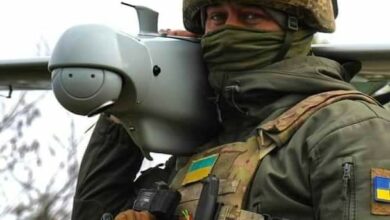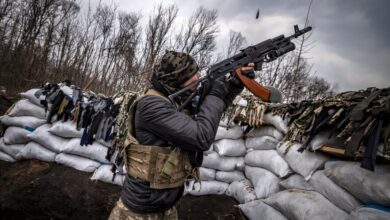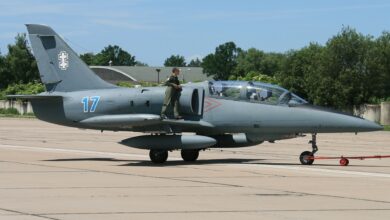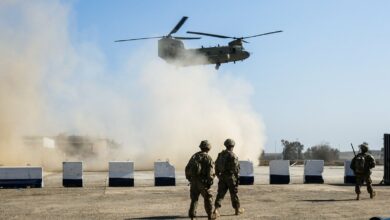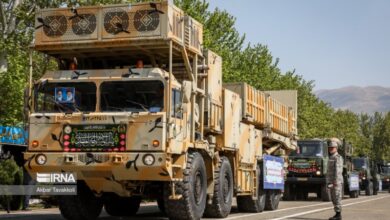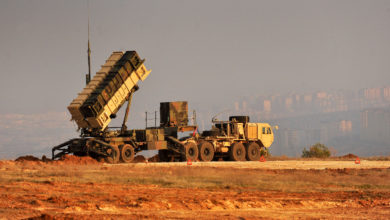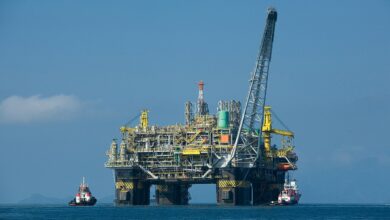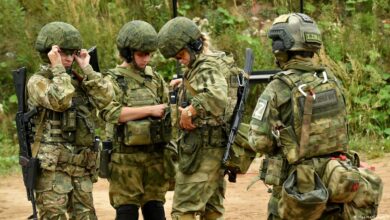Russia’s invasion of Ukraine has created a “new sense of urgency” among NATO member states to boost defense spending, the alliance’s chief Jens Stoltenberg said Thursday as he unveiled the organization’s 2021 report.
The report itself — covering expenditures before Russia launched its war in February this year — showed just eight of NATO’s 30 member nations were meeting a target of spending two percent of GDP on defense.
As usual, the United States — by far the biggest military power in NATO — led spending, with 3.6 percent, around the same level as Greece.
The other six countries to exceed the two-percent “guideline” were: Poland, Britain, Croatia, Estonia, Latvia, and Lithuania.
That was a smaller cohort than in 2020, when 11 NATO countries met the two percent target.
But Stoltenberg said the war in Ukraine had brought “a new security reality” and allies were stepping up to it.
He pointed to the announcement by Germany just days after the February 24 invasion that it was going to plough 100 billion euros ($110 billion) into its dilapidated military and surpass the two-percent defense spending goal.
He also highlighted similar pledges by Denmark, Poland, and Romania to meet the target.
“Together, this makes a huge difference,” he said.
Stoltenberg acknowledged that governments had to juggle spending priorities between defense, health, education, and infrastructure.
But, he said: “At the same time when we see a new security reality, when we see the aggressive actions of Russia against Ukraine, then we all realize the need to invest in our security.”
Stoltenberg said the upped spending pledges would inform a Madrid summit of NATO leaders in June, which is to chart out a new defense posture for the alliance, especially geared to the demonstrated threat from Russia.
“I think what you’re seeing is that there’s a need to invest more in air defense, there’s a need to invest more in higher readiness, to also have more ammunition, more and more ability to sustain operations for a longer period of time, and high-end capabilities,” he said.


